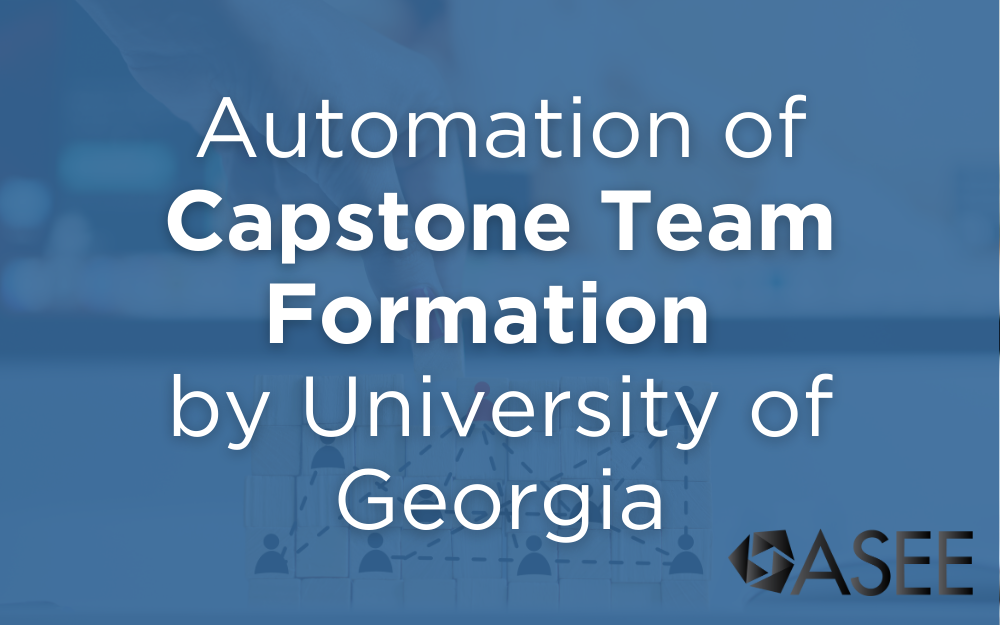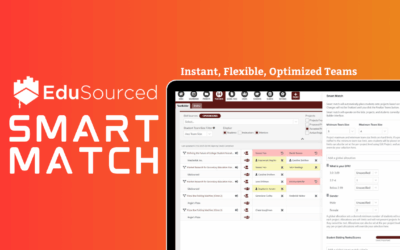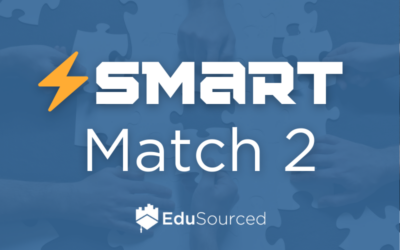Automating Capstone Team Formation
This paper was written by University of Georgia’s College of Engineering faculty, where EduSourced is used for capstone management. Noted in this paper is that EduSourced helps substantially with the organization and administration of capstone at UGA, but that team formation remains a substantial undertaking. Since this paper was published, EduSourced has released a new Smart Match feature to answer this challenge: highly flexible, optimized team formation that is entirely automated. For more on Smart Match, click here.
The authors, Dr. Wayne Johnson, Dr. Roger Hilten, Kevin Wu and Dr. Jorge Rodriguez-Devora, emphasize the value of a diverse range of leadership styles within each team, drawing on a leadership module where students identify their dominant style as a square, circle, triangle, or “z”. Ideally, teams would include each of these styles to ensure a balanced skillset, covering aspects like relationship building, innovation, organization, and goal orientation.
Two algorithms were developed to automate the process:
- Algorithm E: This semi-automated process uses Excel and prioritizes projects based on sponsor relationship with CENGR, instructor rating, and submission date. Student bidding information is prioritized based on project bid value, major, and leadership style. The algorithm assigns students based on these factors, aiming for diverse leadership styles within teams.
- Algorithm P: This fully automated process uses Python and assigns scores to students based on their bid value, major alignment with project requirements, and leadership style availability. It aims to create the best fit between students and projects, maximizing the total score.
Results and Discussion
Both algorithms were compared to the manual approach from Fall 2022, considering instructor time, student project preference, and the percentage of students getting their top project choices.
- While Algorithm P was the fastest, it didn’t perform as well as Algorithm E in terms of student satisfaction and preference matching.
- Algorithm E was ultimately chosen for Fall 2023, reducing instructor time to 10 hours and shortening the team formation period by 6 days compared to the manual approach. This allowed teams more time to work on their projects.
Further analysis examined the leadership style distribution within teams formed by Algorithm E.
- 49% of teams demonstrated a balanced mix of leadership styles.
- The remaining 51% showed imbalances, with some teams potentially at risk for issues like lack of planning or action.
Conclusion
The authors successfully implemented automated approaches to capstone team formation, significantly reducing instructor time and giving teams more time to focus on their projects. Algorithm E proved more effective in meeting the desired criteria. Future work will focus on refining both algorithms and investigating the impact of leadership style distribution on team performance.




